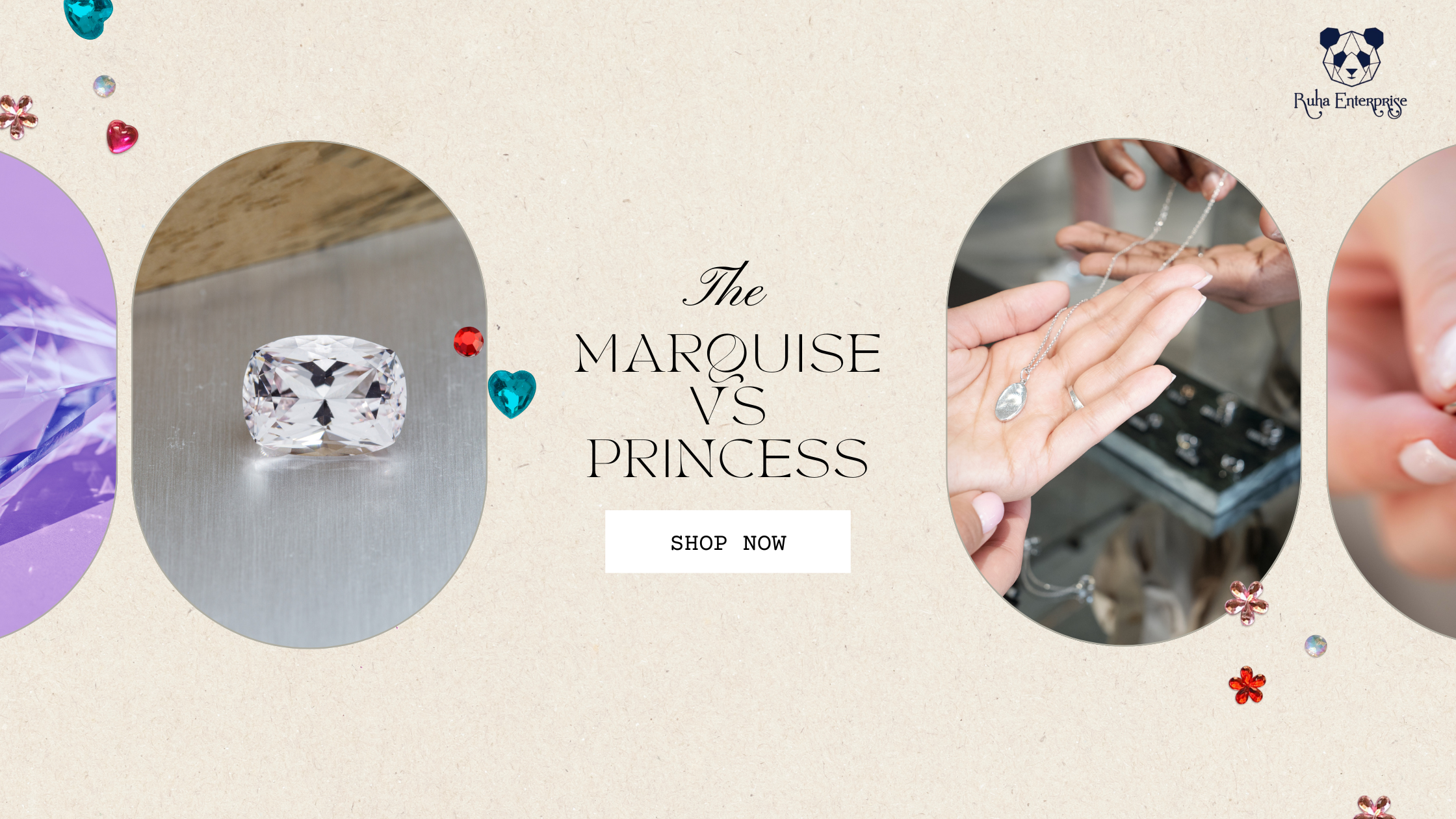The Complete Guide to Oval Bezel Engagement Rings
A oval bezel-set engagement ring is a perfect blend of modern minimalism and traditional style. The bezel setting encircles the entire stone with the sleek rim of metal, providing exceptional security as well as sleek, elegant appearance. In this article, we’ll examine the factors that make an bezel-set oval engagement rings the most attractive choice. different designs, look at different stones (including beautiful wedding sets of moissanite) as well as provide helpful buying advice to assist you in selecting the ideal jewelry piece. Why Choose a Bezel Oval Engagement Ring? a. Exceptional Stone Protection One of the major advantages of an oval oval bezel-set engagement ring is its protection. Contrary to prong settings which expose stones’ edges the bezel is wrapped around the oval gem, protecting it from damage and wear. B. Sleek, Contemporary Aesthetic The refined metal frame of a bezel provides the oval engagement ring with a bezel an elegant, minimal design. It is a great complement to gemstones but doesn’t overpower them. This makes the perfect ring for modern and classic styles. C. Flexible for all lifestyles If you’re a professional, artist or an outdoor enthusiast an bezel-set Oval wedding ring is durable, functional and fashionable all in one. Since it doesn’t have prongs that are exposed the ring is less likely to snag fabric or get caught in hair. It’s perfect for casual wearing. Spotlight on Bezel Set Oval Engagement Rings Here’s an in-depth look at what to expect from a bezel oval engagement ring: Stone Focus Diamonds and moissanite look sophisticated and elegant when they are placed in bezel. The oval shape is a great way to lengthen your fingers as the bezel offers an aesthetic stability, and frames the gemstone beautifully. Metals & Finishes Bezel ring bands come in: Customization Options Bezel Engagement Ring Oval: Choosing the Right Stone Oval Diamonds An bezel-set round engagement ring with diamonds offers brilliance along with value. You should look for a ratio of length to width between 1.3:1 up to 1.5:1 to get a classic oval and ensure that the ring is of high-clarity (VS1-SI1) for maximum shine behind the bezel. Moissanite Bridal Sets Moissanite wedding sets are on the rise within the world of engagement rings. They are ideal for setting bezels: Lab-Grown & Colored Gems Oval gems with a lot of heft, like sapphire, emerald, and Morganite can also be set in bezels stunningly. The bezels’ settings improve the durability of soft stones such as morganite, providing stability and durability. Style Variations: From Bezel Oval Solitaire to Bridal Sets Here’s a look at trending oval bezel engagement ring styles: ➤ Solo Bezel Oval Solitaire A timeless minimalistic piece: oval gemstone encased in metal—clean, elegant, effortlessly chic. ➤ Bezel with Pavé Accents Frame the oval with a bezel and decorate the shoulders with pavé diamonds or moissanite for understated glamour. ➤ Vintage-Inspired Bezel Oval Bezel rings echo Victorian/glam minstrel styles with milgrain, filigree patterns, or etching—it’s the perfect mix of antique and contemporary. ➤ Bezel & Halo Combo For a dramatic twist, some designers place a bezel-wrapped center stone inside a diamond or moissanite halo—maximizing radius while maintaining protection. ➤ Matching Moissanite Bridal Sets Coordinate an oval bezel moissanite engagement ring with a moissanite bridal band—available in curved or straight designs. The matching brilliance yields a flawless wedding combination. Benefits of Bezel Engagement Ring Oval in Everyday Life Advantage Description Stone Protection Full bezel covers stone edges—great for active buyers Low Maintenance No exposed prongs to loosen or snag Easy Cleaning Smooth bezel surfaces are simpler to clean and polish Modern Look Sleek, bold, and effortlessly stylish Versatile Styling Suits all finger shapes and gems Ideal for Travel/Lifestyle Safe, secure ring for daily wear or adventure trips Choosing Between Bezel & Prong Settings Smart Buying Tips for Oval Bezel Engagement Rings Set Your Budget Determine how much you will allocate for your centerpiece stone, bands, and if you’re looking for moissanite bridal set. Review Certifications Diamonds: Check to see GIA or AGS grades. Moissanite You should ensure laboratory-certified high-quality. Inspect Proportions A beautiful oval proportion ensures an elegant length (1.3-1.5) with a minimal bow tie impact. If bow-tie visible pick a stone that has clear and low-color, but great cut. Preview Settings Send HD photos or videos. Verify the symmetry of the stone, check the quality of the metal, and also how the stone fits into the set. Matches with wedding bands Find out if the an accent band will match your engagement ring. Straight or curved? Metal Considerations Care & Maintenance Tips Frequently Asked Questions Q: What is a bezel set oval engagement ring?A bezel engagement ring oval has an oval gemstone fully or partially encased in a continuous metal rim—providing protection and sophistication. Q: How does bezel setting affect sparkle?While bezels soften the amount of light entering the gem, a well-cut oval retains excellent brilliance by refracting light through its top facets. Q: Are moissanite bridal sets suitable for bezel rings?Absolutely—moissanite’s exceptional hardness and brilliance pair beautifully with bevel-focused ring designs, while also offering great value and sustainability. Q: Does bezel setting work with softer gems?Yes! For gems like morganite or opal, a bezel minimizes edge exposure and is highly protective. Q: Are bezel oval rings comfortable?Yes—because bezels feature smooth edges without protruding prongs, they’re better for daily wear and snagging issues. Real-Life Inspiration with Bezel Oval Designs Conclusion: Elevate Your Love Story with Oval Bezel Charm An oval bezel engagement ring is more than a piece of jewelry—it’s a daily statement of style, elegance, and strength. Whether adorned with a brilliant diamond or a dazzling moissanite, the protective bezel combines security with sleek sophistication. If you’re drawn to structure, protection, and low-maintenance panache, the bezel set oval engagement ring offers a winning blend of modern flair and timeless grace. Bonus Tips for SEO and Readership










